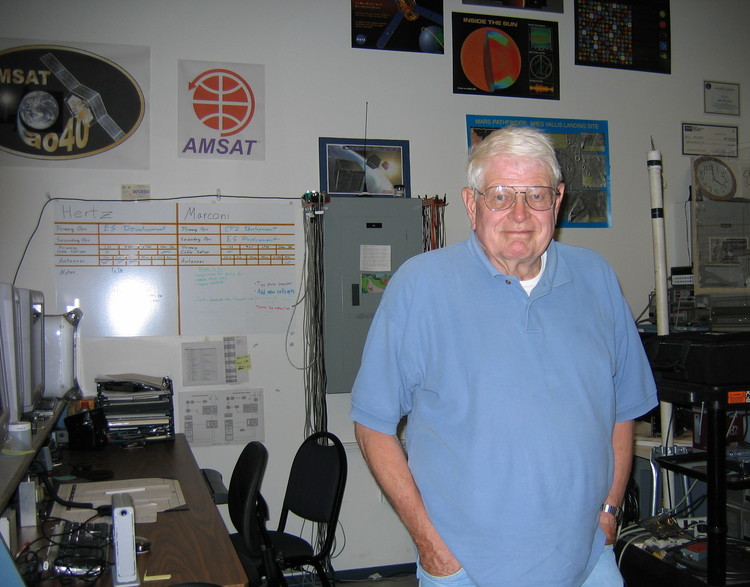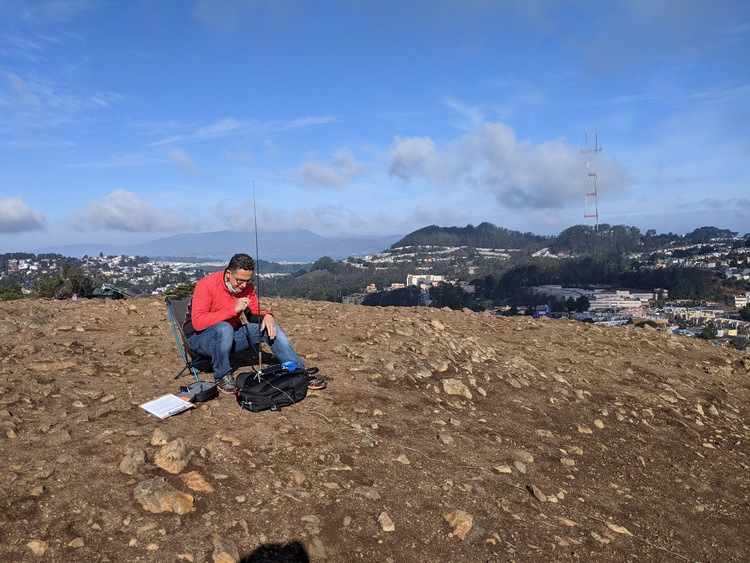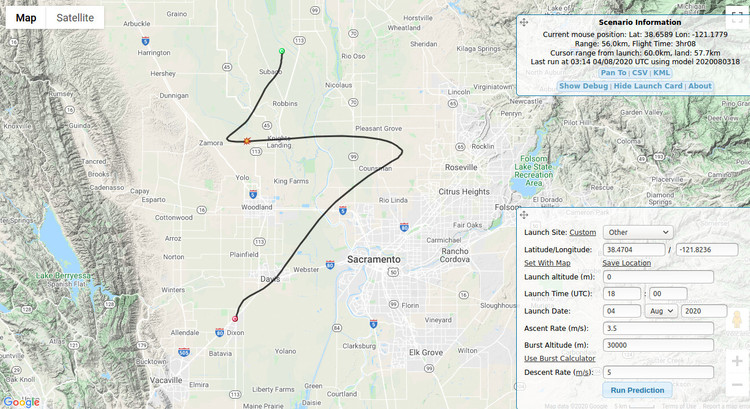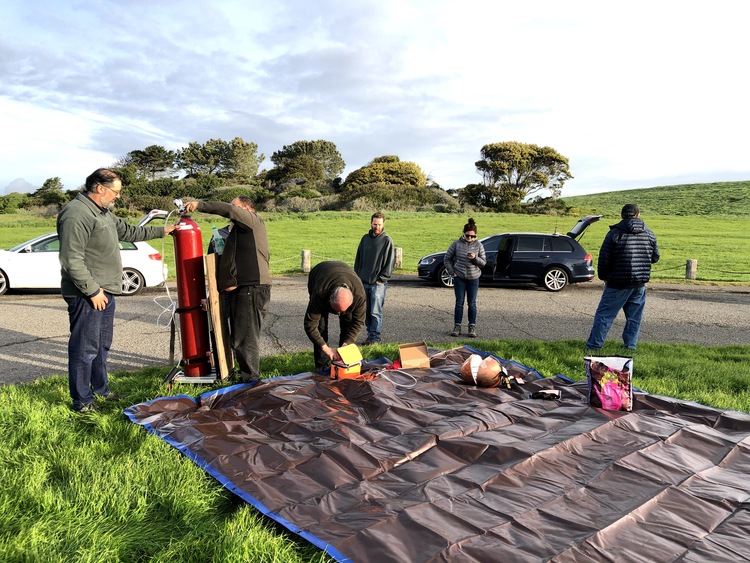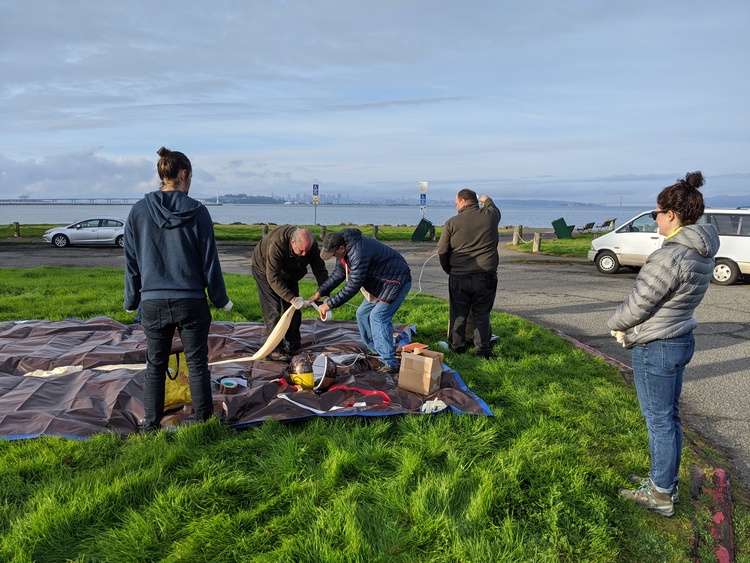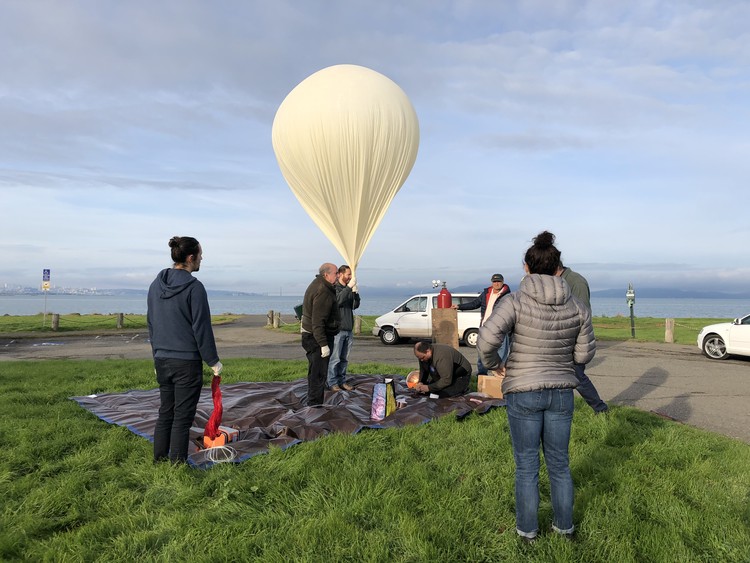I recently moved, and while packing up boxes I found my FunCube Pro+ receiver dongle. One of the many Pandemic Positives is that I have a lot of free time on my hands now, so I thought I would see if I could receive amateur satellites with this. Perusing the AMSAT live Oscar satellite status page, the only recently-launched CubeSat I could receive with the FunCube Pro+ dongle is AO-95, also known as Fox-1Cliff. And even then, the satellite appeared to be in Safe mode, with its transponder not working due to a failed receiver.
Fox-1Cliff is named for Cliff Buttschardt K7RR, who was the amateur radio mentor for the PolySat project at Cal Poly. He was also heavily involved with AMSAT, ARRL, and Project Oscar, which is another amateur satellite organization that launched the first OSCAR satellites back in the early 1960s. He passed away in July 2006.
I was an undergrad at Cal Poly from 2002-2008, and he was a constant presence in the lab. Cliff, along with Ed English W6WYQ (SK), mentored the Cal Poly students in ...
Read More →